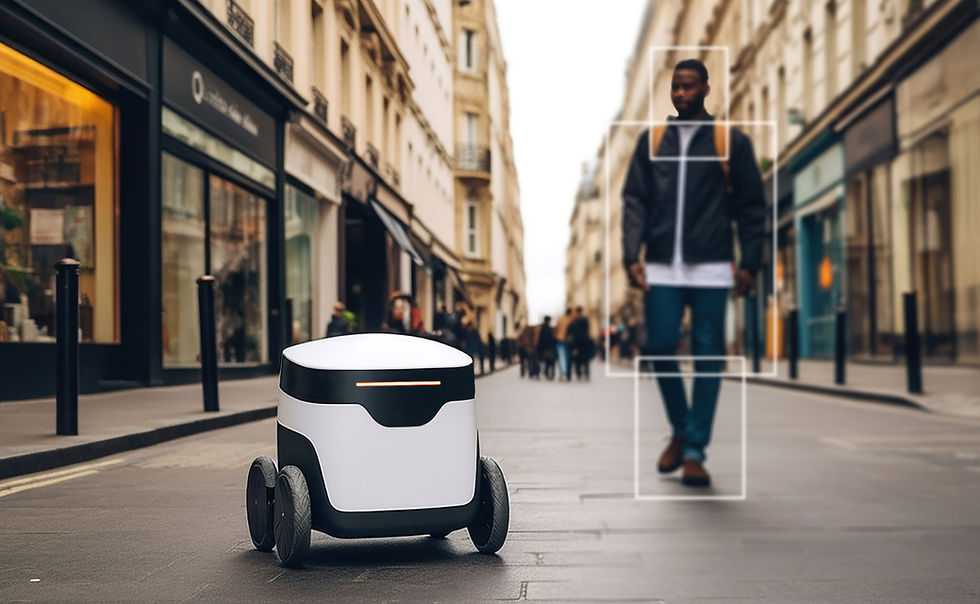Fighting fire with fire; a hazy situation for NJ waste incinerators
- Katrina McCarthy
- Mar 8, 2021
- 3 min read
Updated: Apr 14, 2021

New Jersey is subsidizing the burning of trash. In the article ‘Paying for pollution’: As N.J.’s incinerators dirty the air, electric customers help foot the bill, Michael Sol Warren highlights the four remaining waste incinerators across New Jersey that continue to pollute the air quality of their locales and rake in millions of dollars in the meantime.
How, you might ask? By selling the energy they produce back to the electric grid as part of a renewable energy credit program. NJ classifies trash incineration as a Class II renewable energy credit, in the same category as hydroelectric power. “State law requires that electric providers like PSEG and FirstEnergy source a certain amount of their power from renewables.” It stipulates further that “electric suppliers obtain 2.5% of their power from Class II renewables through the early 2030s, which secures a place for incinerators unless the law is changed to strip those facilities of Class II status” (Sol Warren, 2021).
There are four stationary direct sources of air pollution from waste incineration in New Jersey. Camden, Gloucester, Essex, and Union counites have active waste incinerators, a fifth one in Warren county ceased operations in 2019. These facilities were the highlight of a report released at the end of February called, Dirty Secret: The Injustice of Incinerators and Trash Energy in New Jersey’s Frontline Communities. The report highlights that “incinerators are the most emission-intensive form of generating electricity in the U.S. today.” In the Environmental Planning Handbook, eight types of air pollution are detailed (nitrogen oxide, sulfur dioxide, lead, carbon monoxide, particulates, ozone, toxic chemicals and carbon dioxide and greenhouse gases). Incinerators emit all of them.
In fact, they can emit more air pollutants than coal plants per unit of energy—up to 18 times more lead, 14 times more mercury, 6 times more smog-forming nitrogen oxides, 5 times more carbon monoxide, 4 times more cadmium and hydrogen chloride, and 2.5 times more greenhouse gases” (Smith, et al. 2021). From 2015 to 2018, these five incinerators were the heaviest air pollution emitters when compared to all 215 major facilities in NJ with air permits. In addition, they had over 1,700violations reported from 2004-2019with a majority of them due to exceeding pollution limits.
Why are we paying millions in tax credits to corporations that pollute? That shouldn’t be a question anyone has to ask but unfortunately that is the law of the land in the Garden State. Thankfully, the secret is out and through informed community advocacy we can change the narrative. Zero-waste solutions are gaining traction. These are waste models that prioritize re-use, repair, composting and recycling alternatives to the unsustainable landfill/incinerations options we use today.
They are also socially and economically viable waste alternatives. And “on a per-ton basis, composting creates 4 times more jobs, recycling creates 10–25 times more jobs, and material reuse can create up to296 times more jobs than landfilling or incineration” (Smith, et al. 2021). New Jersey communities can create real, sustainable jobs and eliminate toxic waste in a twofold zero-waste campaign. Let’s get started.
Sources:
Smith, J., Jennings, J., BogdanTejada, V., Stevens, R., Forrest, B., Wood, J....Ung-Kono, V. (2021). Dirty Secret: The Injustice of Incinerators and Trash Energy in New Jersey’s Frontline Communities. Earthjustice.
Sol Warren, M. (2021, February 25). 'Paying for Pollution': As N.J.'s Incinerators dirty the air, electric customers help foot the bill. Retrieved March 07, 2021, from https://www.nj.com/news/2021/02/paying-for-pollution-as-njs-incinerators-dirty-the-air-electric-customers-help-foot-the-bill.html
Note: The blog was written as part of Rowan University Environmental and Sustainability Planning course, spring 2021.





Comments